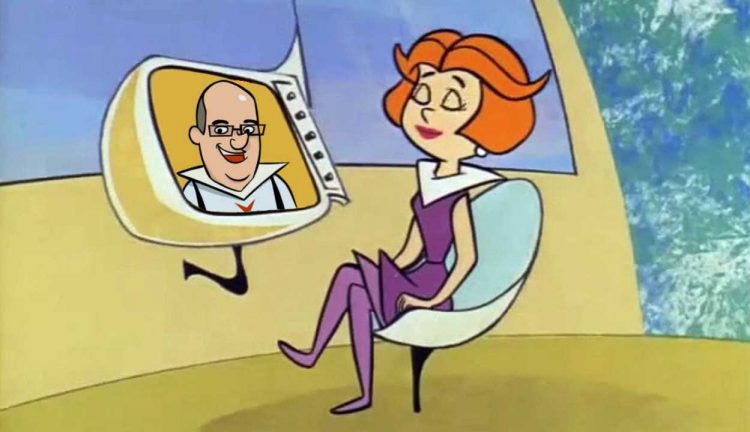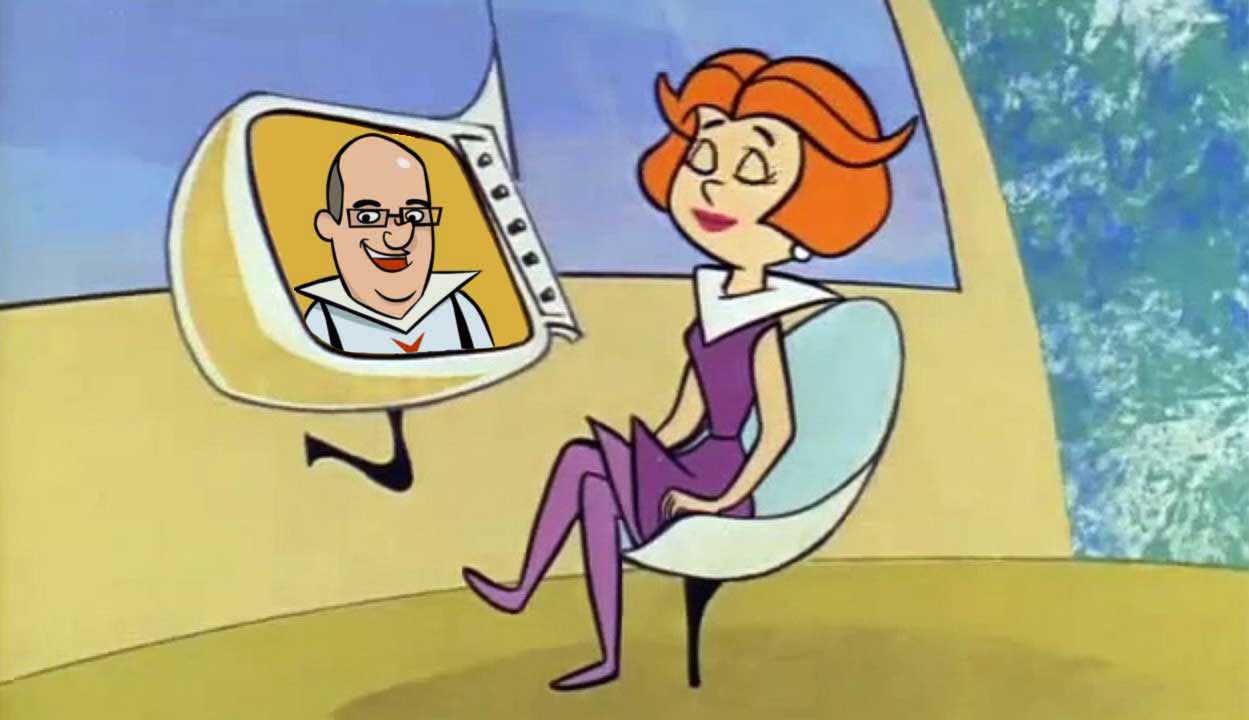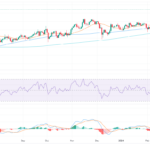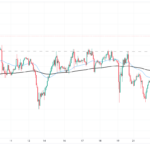

Since we first met the Jetsons on September 23, 1962, the idea of a smart home has enthralled us. In the 56 years since the show’s premiere, technology has advanced in ways Hanna-Barbera could never have dreamed of, yet we’re no closer to a world where Rosie the Robot is real. What gives?
The History of the Smart Home
The concept of a smart home has existed for more than a century. Dating all the way back to the invention of the first engine-powered vacuum cleaner in 1901 and the invention of the first “portable” electric vacuum cleaner four years later, the invention and rise of appliances (like refrigerators, washers, dryers, toasters, and more) in the early 20th century afforded wealthy homeowners a level of luxury and automation previously unimagined.
In 1966, Jim Sutherland, an engineer at Westinghouse, built the ECHO IV from four large (6’ x 2’ x 6’) cabinets (that weighed about 800 pounds) and spare computer parts that Sutherland got permission to take from work. The machine, built in less than a year, could draft shopping lists, control the home’s temperature, and turn appliances on and off. It was never commercially sold.
At the turn of the 21st century, the dream of owning a Jetsons-esque house became more realistic. Consumer-grade smart home technology became more available and with the advent of Wi-Fi, the groundwork was laid for these devices to communicate with one another. Simultaneously, devices like the Roomba (invented in 2002) began to automate mundane household tasks.
Technology improved rapidly, but there was a problem: while all kinds of companies had visions of becoming the center of your smart home ecosystem, their visions did not include any of their competitors. Each ecosystem was unique and incompatible with devices from other companies. That meant that if you bought into one ecosystem, you were locked into it.
Where Are We Today?
To this day, Apple has no interest in making iOS compatible with Google’s Android platform, and Sony is no closer to having its televisions communicate with Samsung appliances or LG air conditioners now than it has been in the past. But the incredible adoption of Amazon’s Echo and Alexa Voice Services (AVS) has literally changed the smart home world. A couple of years ago, there were about 1,100 Alexa Skills (apps for Amazon’s Echo devices) on display at CES. Last year, practically every consumer electronics device was touting its compatibility with both AVS and Google Assistant. Today, the concepts of compatibility and interoperability have taken their rightful places in the consumer value propositions of most smart home products.














